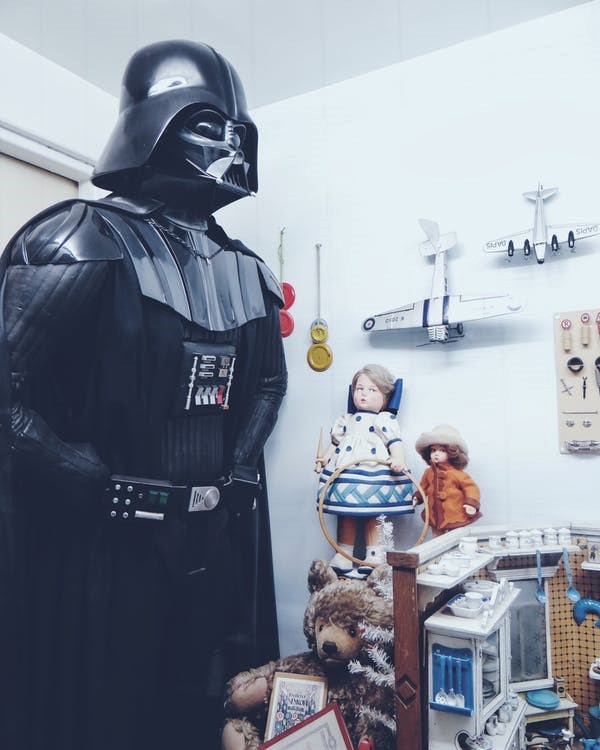Imagine Your Future In Industrial Design
Industrial design is the creation of things, which seeks to create or improve objects using new technologies and materials. It’s about everyday products all around us and find solutions to everyday problems. Not only about production development, manufacturing of objects, processes and even services but also involves research, requires inspiration, and evokes change in order to meets needs and improves standards of living as well. In fact, for making them more functional, attractive, efficient, accessible and responsible which can makes our life easier and much better.
1. Smart Gadget and Digital Devices
More and more amazing and incredibly useful devices which can make our life easier and save a lot of time are launched into the market. You probably already have a smartphone with you just about everywhere you go, but if you’re in the market for some new tech or a few cool add-ons, industrial designer has rounded up a large handful of palm-sized digital devices to add to your daily needs. It’s about such inventions that industrial designer will tell you today. Today’s electronic product design and development requires the skill full blend of expert hardware and software engineering together with a spirit of creativity and innovation, tempered by the practical concerns of manufacturability, cost consciousness, testability and on-time delivery.
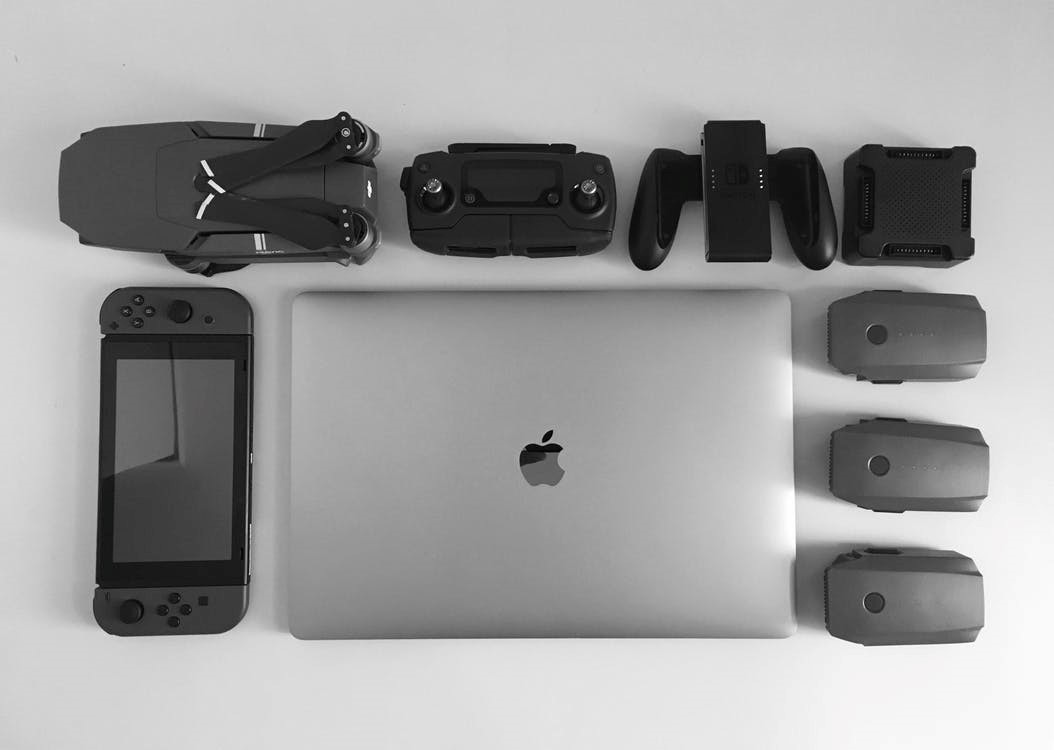
Source: pexels.com
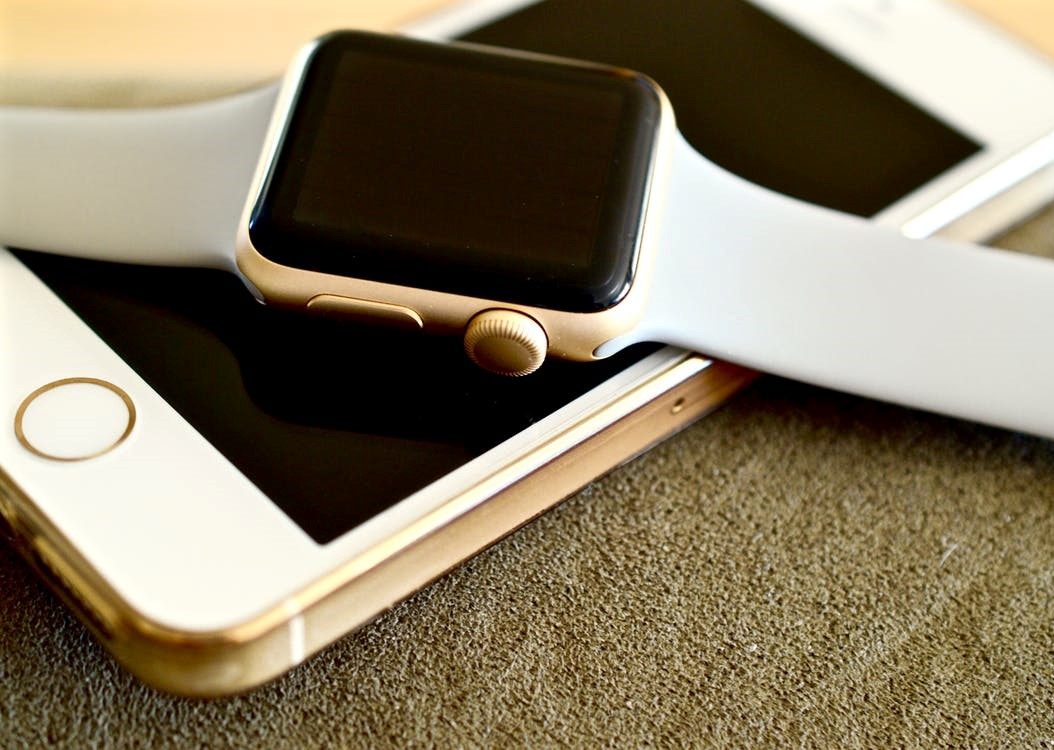
Source: pexels.com
2. Future Vehicles and Ergonomics
The cars of today look completely different to the cars people were driving around in decades. But as we have become more and more reliant on road travel, the desire for innovation has continued to gather pace, with car designers keen to create vehicles that push the boundaries of comfort, performance and practicality to new levels. With the technology behind hybrid and electric vehicles coming on in leaps and bounds, the future of vehicles design is exciting and not only limited by our imagination and physics. Ergonomics of a car should also balance elements such as space, comfort, convenience, and safety. Consumer trends indicate that comfort of the seat, thigh support and lumber support, are all related to the comfort and attentiveness of the driver. Car designers and enthusiasts are always looking for ways to innovate and come up with the next new design that will change the future of the vehicles we drive.
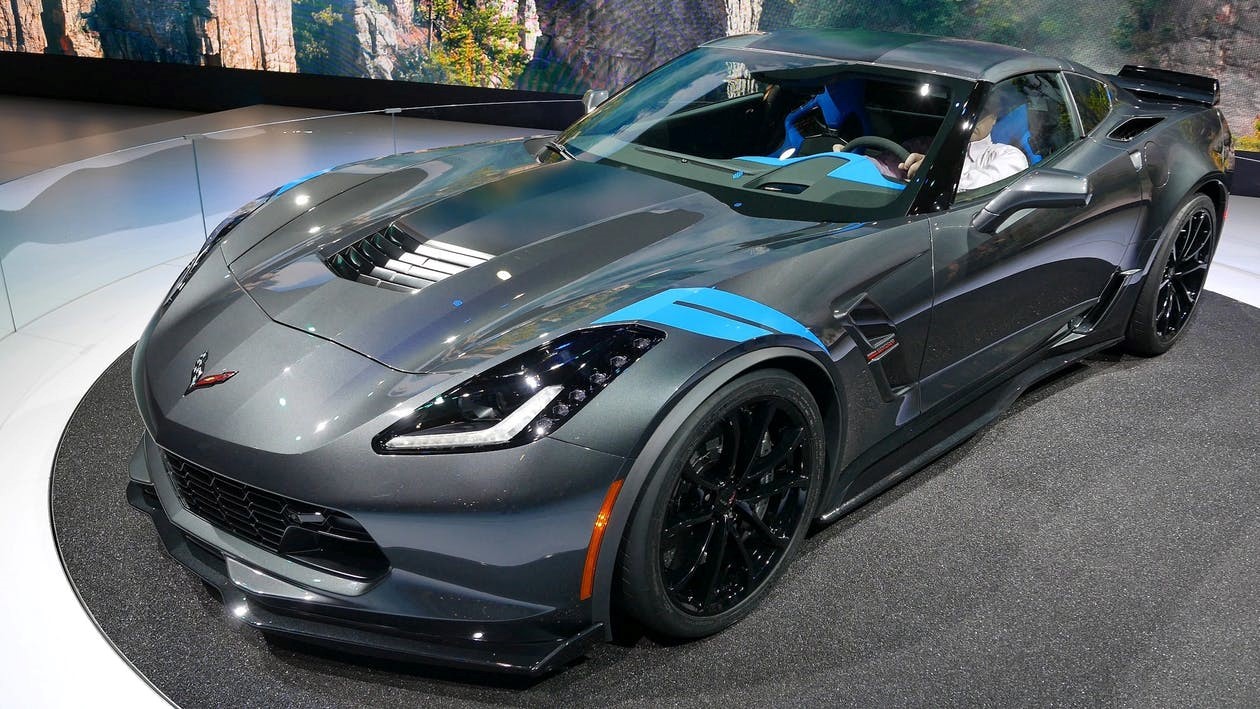
Source: pexels.com
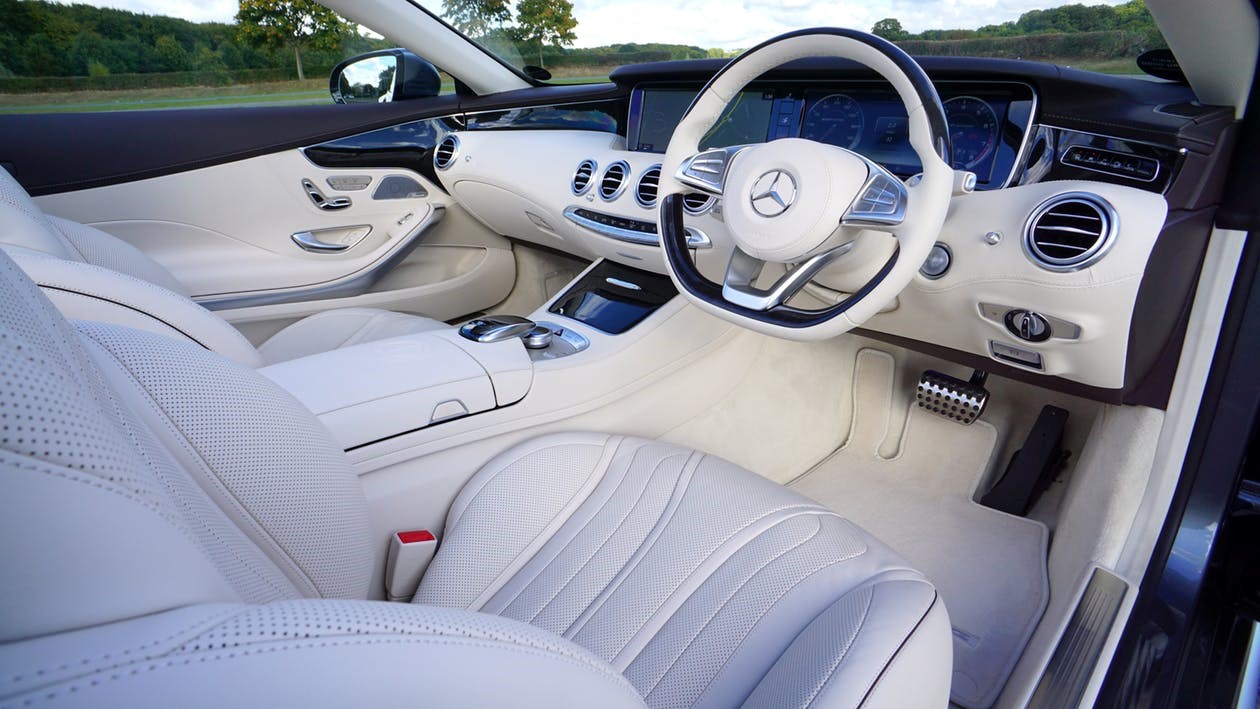
Source: pexels.com
3. Smart Home Appliances
What if all the devices in your life could communicate, send you information, and take your commands? It’s not science fiction; it’s the Internet of Things (IoT), and it’s a key component of home automation and smart homes. Home automation is exactly what it sounds like: automating the ability to control items around the house—from window shades to pet feeders—with a simple push of a button (or a voice command). One of the important aspect to be considered in creating those items is the design. As application of appropriate design could enhances the sophistication, functionality and overall value of a product. That’s what smart technology is all about. Beyond connectivity, it’s designed to improve the way we interact with our homes. Whether it’s adding new safety features, improving convenience, or simply making it easier to interact with and operate your appliances.
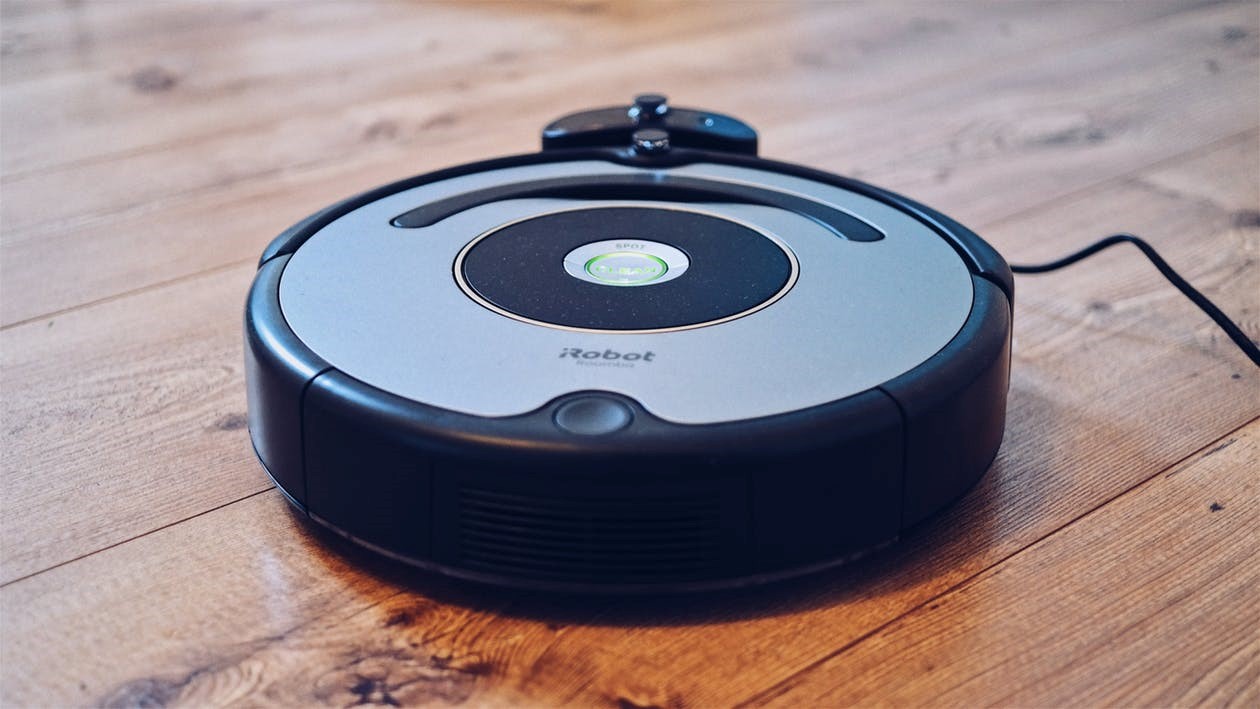
Source: pexels.com

Source: pixabay.com
4. Medical Industrial Design
It’s important for design to be involved in the healthcare industry as this industry grows, there will be competition. There’s a real need for innovative solutions and points of differentiation as what the designers bring to this program. It leaves a lot of opportunities for every creative individuals, designers, engineers and imaginative folks to come up with some of these solutions. Role of the designer is more than just solving the functional requirements. As devices get smarter, users more discerning on boundaries between personal and medical devices less defined, innovative device manufacturers should rethink the role design can play in the success of their products. Medical devices always have a clear set of priorities. Most procedures, for example, involve multiple participants, so tools have to be optimized for proper use. In addition, patient safety is always a top priority. Designer, who has worked on a range of medical devices–from diagnostic to therapeutic, disposable to reusable, as well as instruments and controllers, this become the challenge and an opportunity for medical device companies to learn from personal devices and for designers to help bridge the gap between the personal and medical.
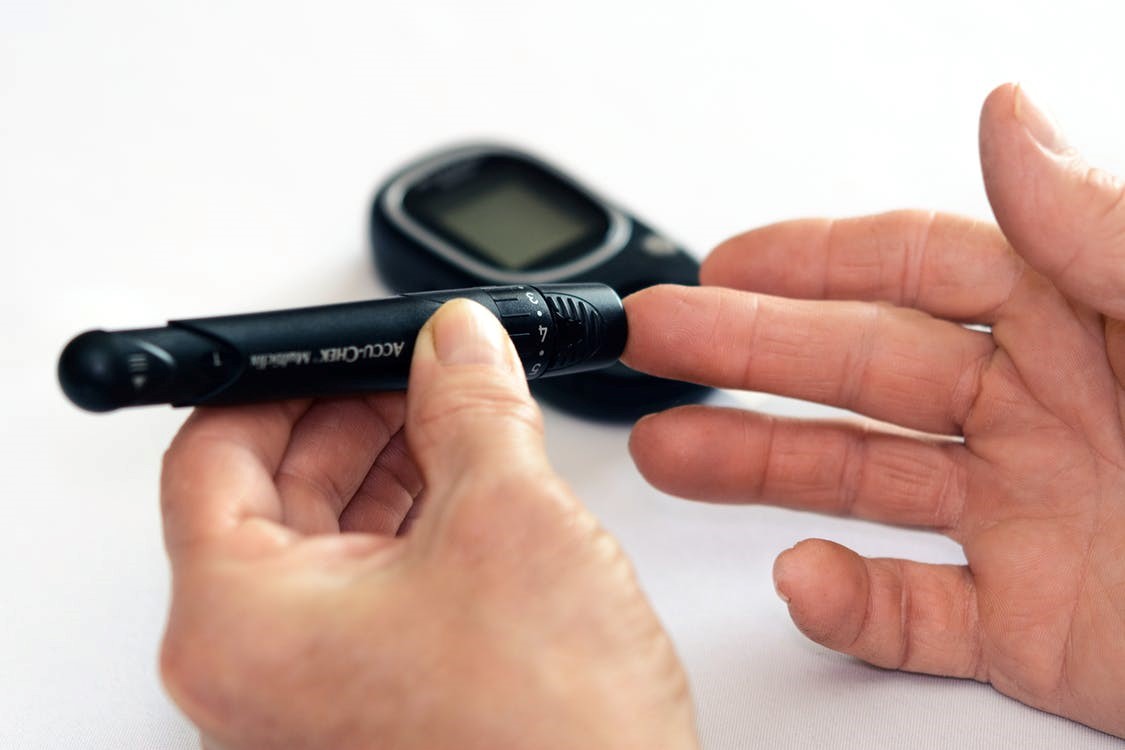
Source: pexels.com

Source: pexels.com
5. Specialize Clothing
Clothing shows a range of social and cultural functions. It’s reflect standards of modesty, religion, occupational, gender, and social status. Clothing not only protects against many things that might injure the uncovered human body but with appropriate clothes also reduce risk during activities such as work or sport. Some clothing protects from specific hazards, such as insects, noxious chemicals, weather, weapons, and contact with abrasive substances. In other aspects, designer have been ingenious in devising clothing solutions for environmental or other hazards: such as space suits, air conditioned clothing, armour, diving suits, swimsuits, bee-keeper gear, motorcycle leathers, high-visibility clothing, and other pieces of protective clothing. Meanwhile, the distinction between clothing and protective equipment is not always clear-cut, since clothes designed to be fashionable often have protective value and clothes designed for function often consider fashion in their design. As a cloth designer, choice of clothes also has social implications. They cover parts of the body that social norms require to be covered, act as a form of adornment, and an expression of personal taste or style.
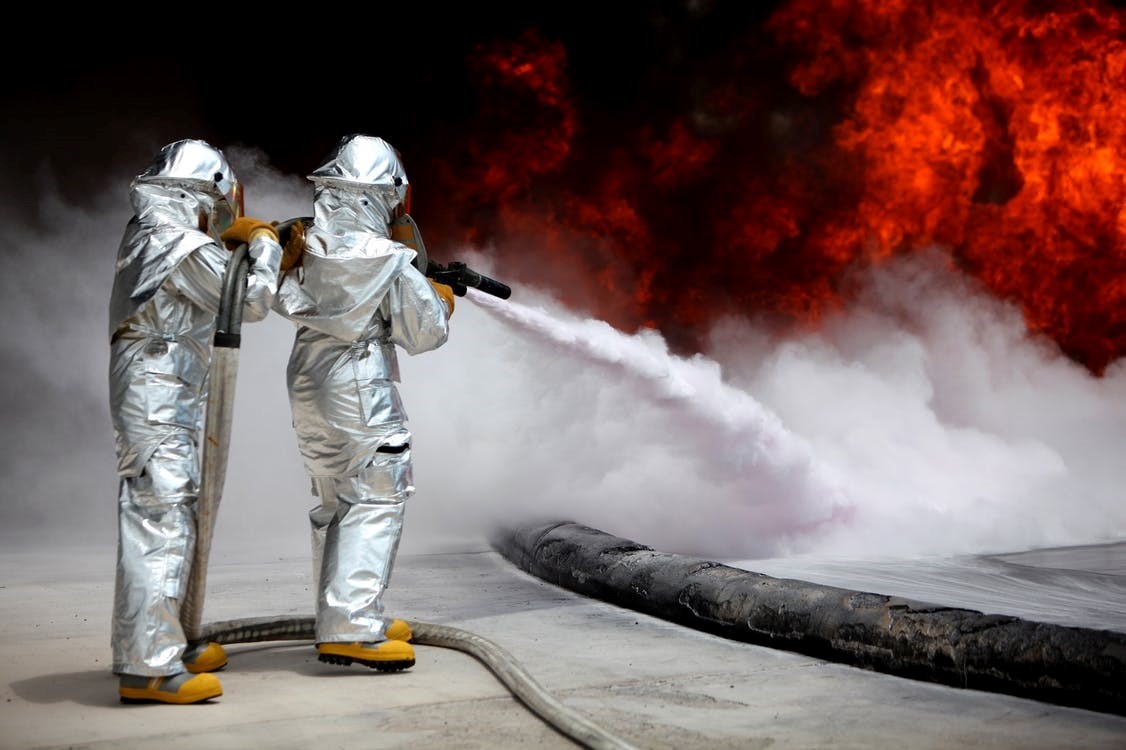
Source: pexels.com
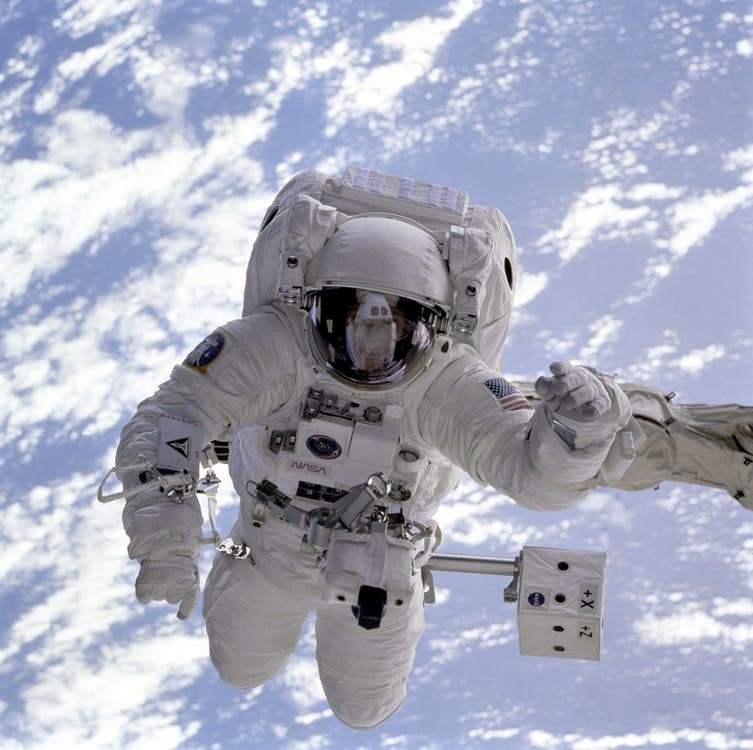
Source: pexels.com
6. Props & Movie Magic
We are now in a world when computer and internet technology helps create some terrific animated videos enjoyed by diverse assemblage. The evolution of animation create many innovative computer technology feats such as human skin, a partially-computer-generation main character, photo-realistic hair and fur, and more. Movies have proved to be the ultimate medium for magic. With complete control of everything the audience can see, movie makers have created an arsenal of techniques to further their deceptions. Whether a hand-drawn masterpiece of the past or a modern CGI film, the art of animation has been charming us with captivating characters, stories, and worlds for nearly a century. The history of animation technology showcasing moving art pieces and images changed over the years. Documentary series dealing with every aspect of special effects in movies, from low-budget make-up to multi-million-dollar computer-generated graphics. It is today possible to realize the most impossible and improbable things when it comes to props design and movie magic.
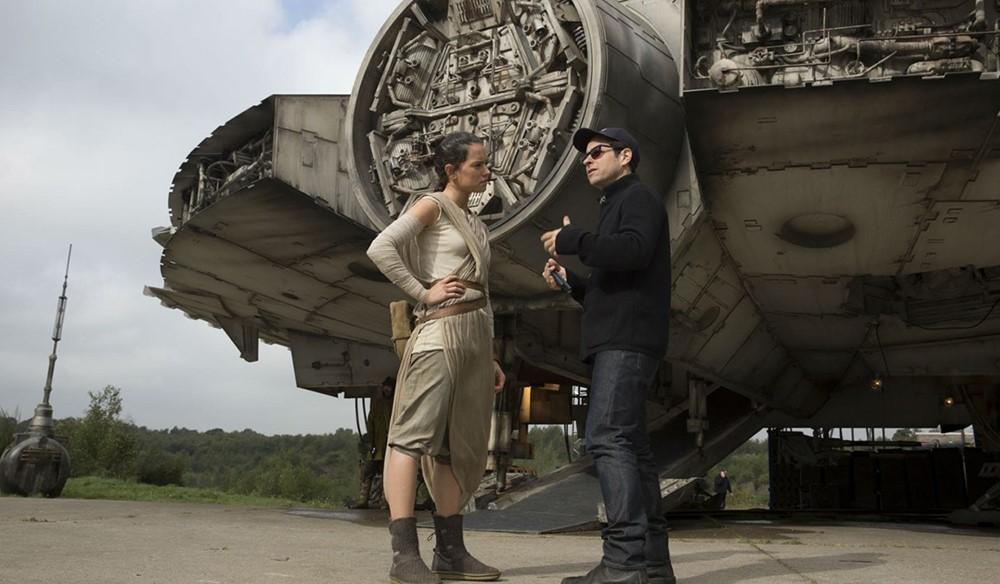
Source: pexels.com
